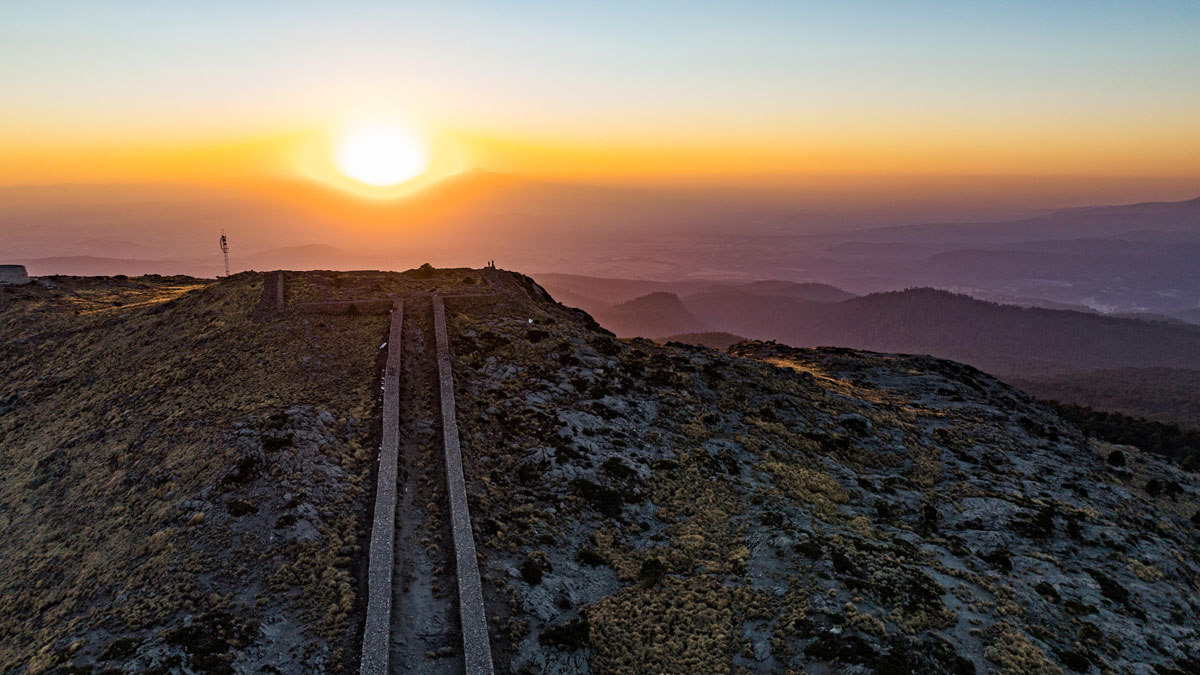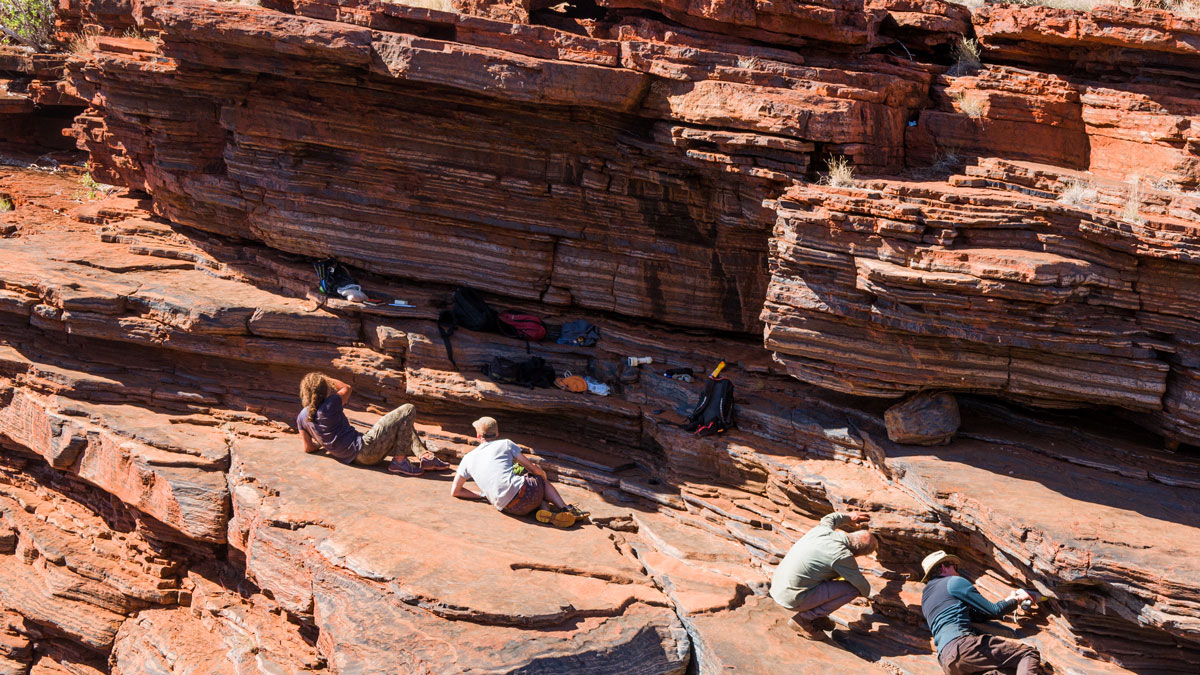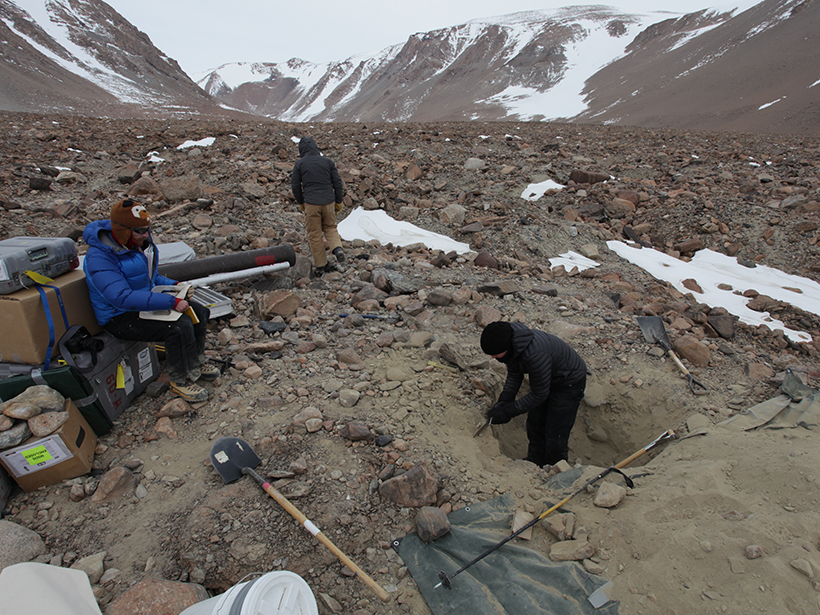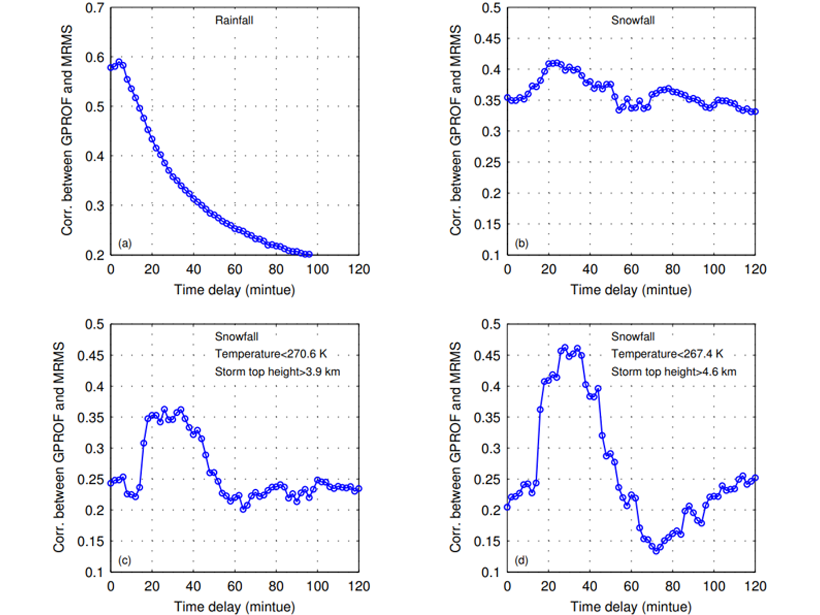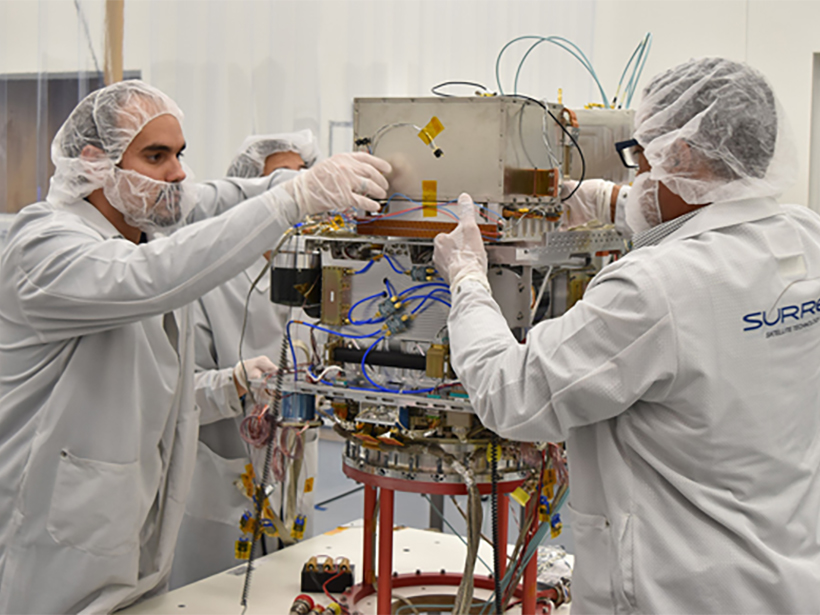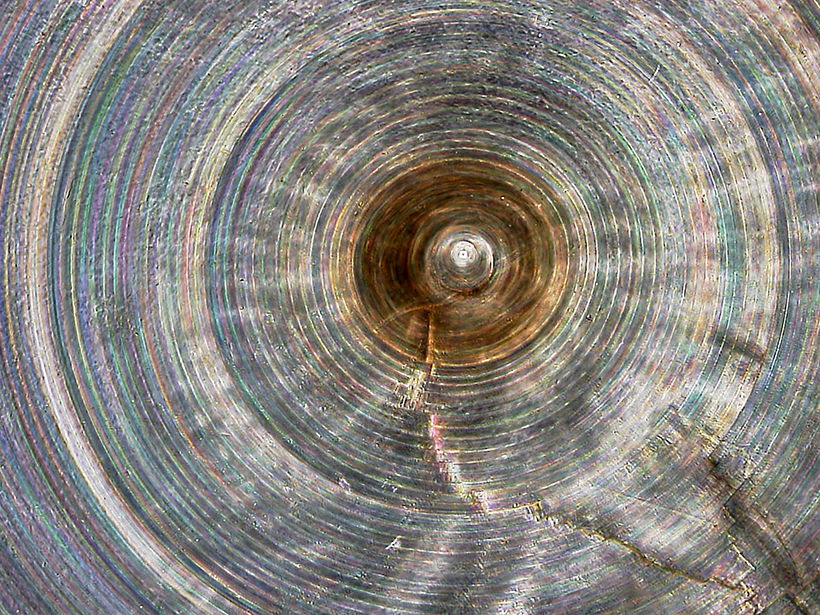Los calendarios de horizonte fueron clave para medir el tiempo para las culturas pre-hispánicas de la cuenca del Valle de México. Un nuevo estudio sugiere que los calendarios se usaron para gestionar los ciclos agrícolas.
time
Agriculture at the Center of the Aztec Horizon Calendar
Horizon calendars were a key part of time measurement for pre-Hispanic cultures in the Basin of Mexico. A new study suggests that calendars were used to manage the agricultural cycle.
A Day in the Life Used to Be 17 Hours
The Moon was a lot closer to Earth 2.46 billion years ago, and the shorter distance contributed to shorter days.
Using Cell Phones as Space Weather Vanes
Tiny magnetometers have turned your phone into a compass, and new research shows they are sensitive to geomagnetic storms.
Antarctic Ice Cores Might Be Older Than Dirt
Using cosmogenic nuclide dating, scientists determined a 10-meter core just below the surface to be over a million years old.
Einstein Says: It’s 309.7-Meter O’Clock
Atomic clocks are now so accurate that Earth’s gravity can be seen to slow them down. Geodesy is preparing to use this relativistic effect to measure elevation.
Accounting for the Fact that Snow Falls Slower than Rain
When calibrating satellite observations with ground-based ones, estimated precipitation rates are improved by considering that snow takes longer to fall compared to rain.
Ultraprecise Clock Will Facilitate Space Exploration
NASA’s Deep Space Atomic Clock, slated to launch later this month for a demonstration flight, will help spacecraft more efficiently navigate the solar system.
Universal Units Reflect Their Earthly Origins
On Friday, the kilogram will join its fellow metric units with a definition based on fundamental physical constants, but these units maintain links to their roots in the geosciences.
One of World’s Oldest Animals Records Ocean Climate Change
Researchers probe millennia-old deep-ocean sponges for links between ocean nutrients and climate.


